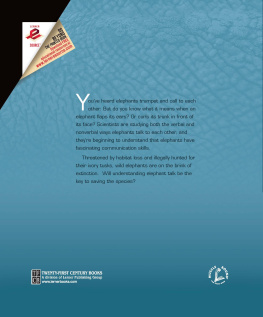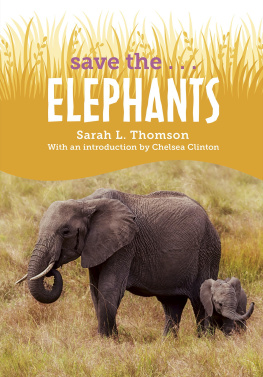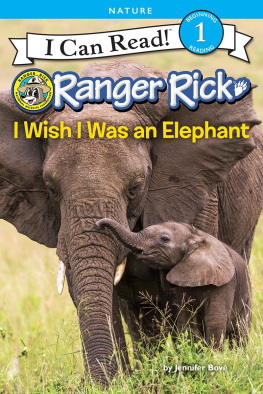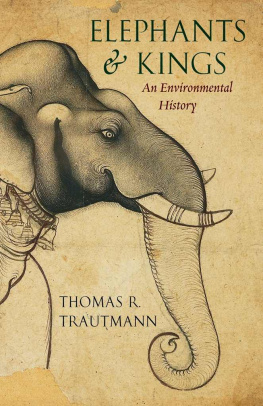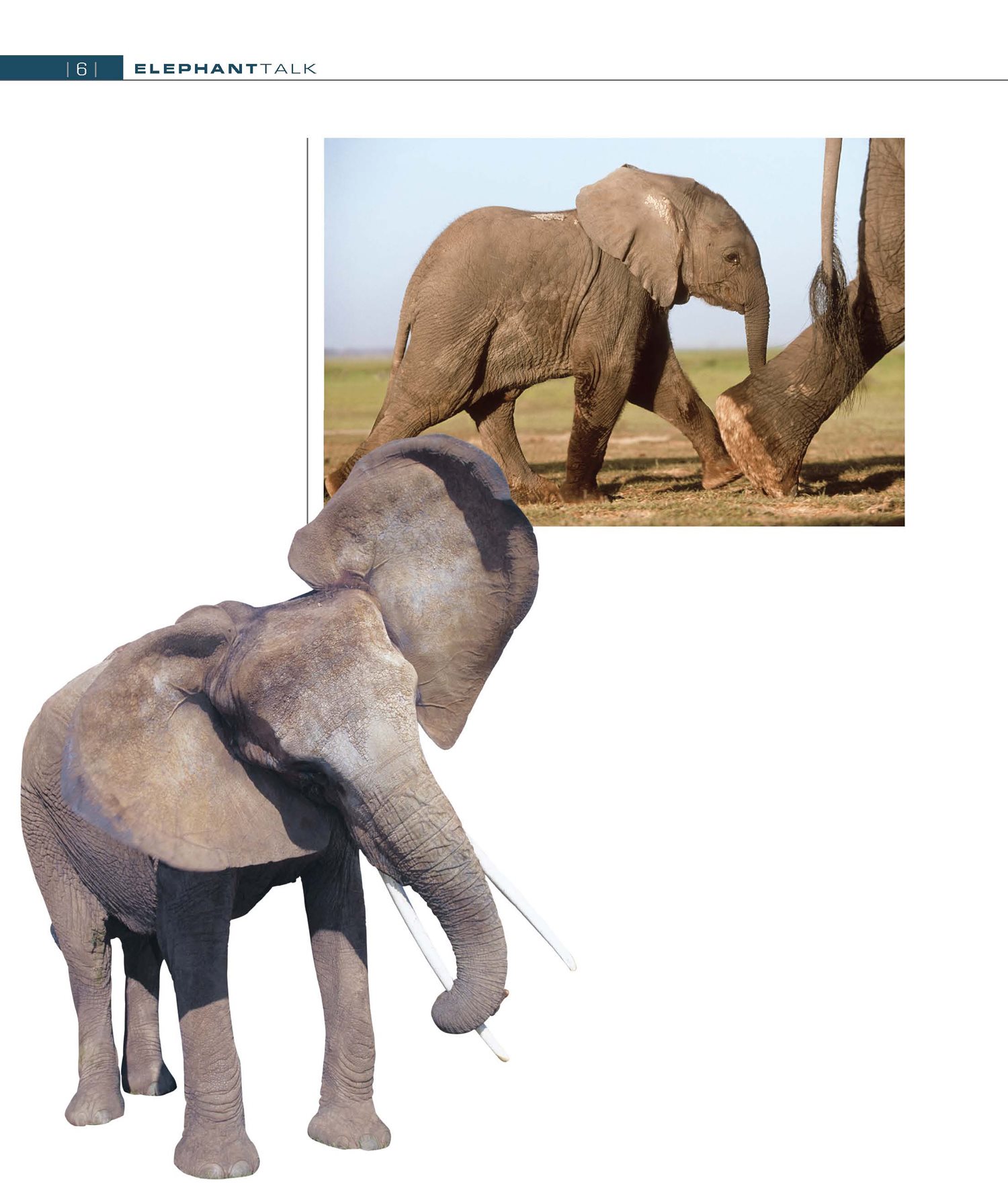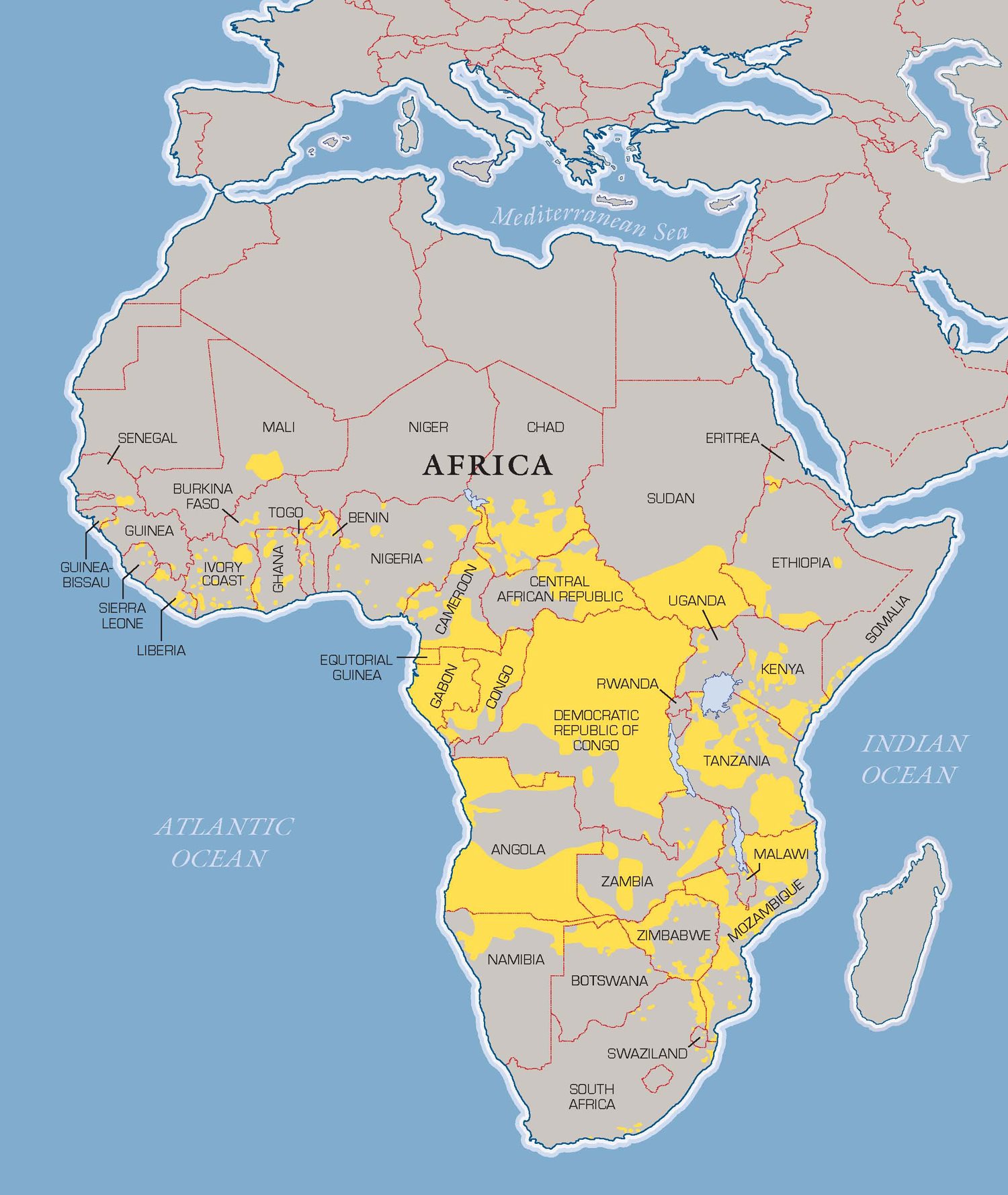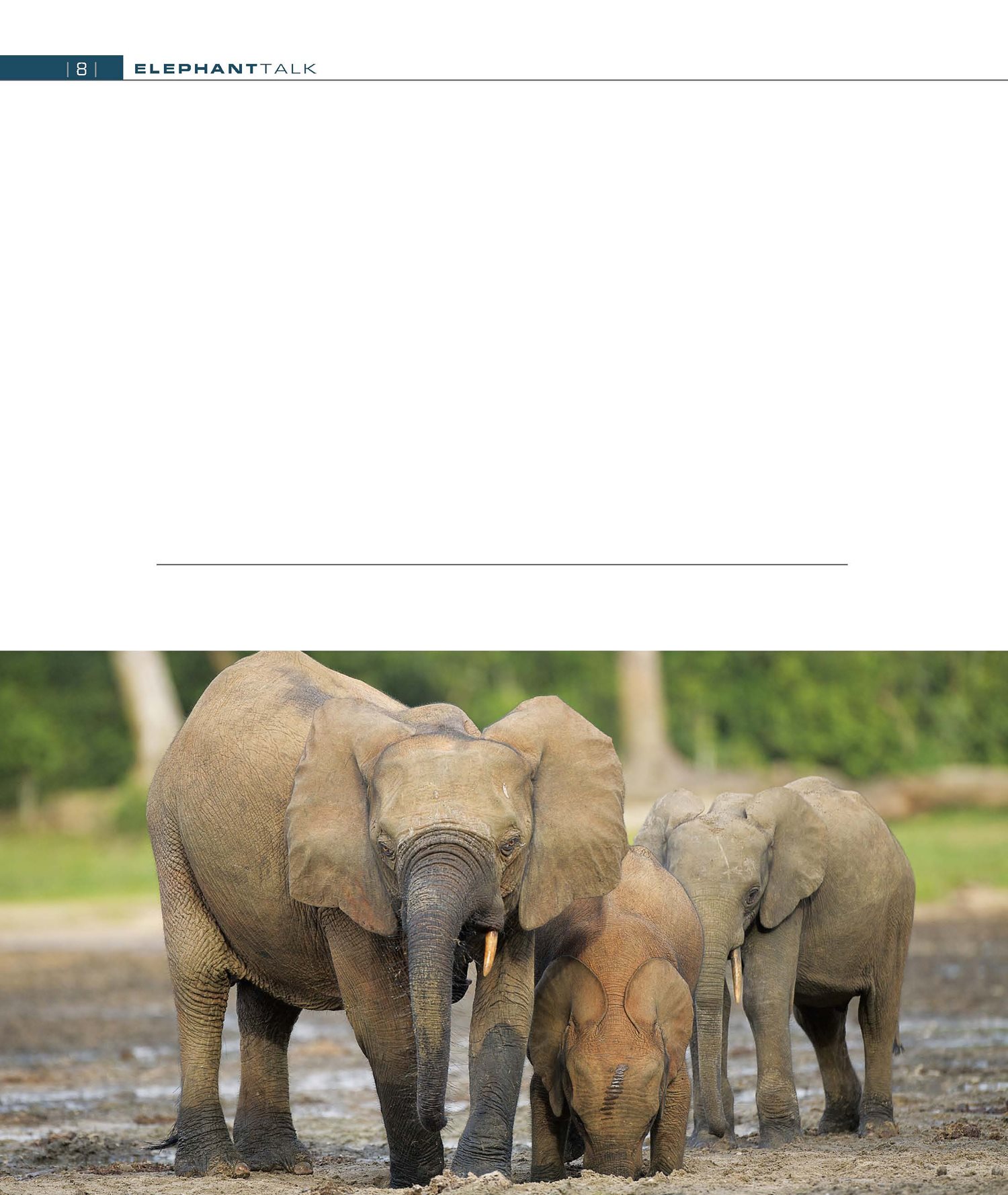Eurostile
Eurostile-BoldExtendedTwo
Eurostile-Condensed
Eurostile-Demi
EurostileExtended2
Eurostile-italic
GalliardStd-bold
GalliardStd-italic
GalliardStd-Roman
Eurostile
Eurostile-BoldExtendedTwo
Eurostile-Condensed
Eurostile-Demi
EurostileExtended2
Eurostile-italic
GalliardStd-bold
GalliardStd-italic
GalliardStd-Roman
Eurostile
Eurostile-BoldExtendedTwo
Eurostile-Condensed
Eurostile-Demi
EurostileExtended2
Eurostile-italic
GalliardStd-bold
GalliardStd-italic
GalliardStd-Roman
This book is dedicated to Jeheskel Hezy Shoshani,
19432008, and to the elephants.
Copyright 2011 by Ann Downer
All rights reserved. International copyright secured. No part of this book may be reproduced, stored in a retrieval system, or transmitted in any form or by any meanselectronic, mechanical, photocopying, recording, or otherwisewithout the prior permission of Lerner Publishing Group, Inc., except for the inclusion of brief quotations in an acknowledged review.
Twenty-First Century Books
A division of Lerner Publishing Group, Inc.
241 First Avenue North
Minneapolis, MN 55401 U.S.A.
Website address: www.lernerbooks.com
Library of Congress Cataloging-in-Publication Data
Downer, Ann.
Elephant talk : the surprising science of elephant communication / by Ann Downer.
p. cm.
Includes bibliographical references and index.
ISBN 9780761357667 (lib. bdg. : alk. paper)
ISBN 9780761372851 (PDF ISBN)
ISBN 9781467759885 (Audisee ISBN)
1. ElephantsBehaviorJuvenile literature. 2. Animal communicationJuvenile literature. 3. Animal societiesJuvenile literature. I. Title.
QL737.P98D69 2011
599.674159dc22
2010024880
Manufactured in the United States of America
2 BP 10/1/12
Eurostile
Eurostile-BoldExtendedTwo
Eurostile-Condensed
Eurostile-Demi
EurostileExtended2
Eurostile-italic
GalliardStd-bold
GalliardStd-italic
GalliardStd-Roman
CONTENTS
Eurostile
Eurostile-BoldExtendedTwo
Eurostile-Condensed
Eurostile-Demi
EurostileExtended2
Eurostile-italic
GalliardStd-bold
GalliardStd-italic
GalliardStd-Roman
INTRODUCTION
A TALE OF
THREE
ELEPHANTS
Eurostile
Eurostile-BoldExtendedTwo
Eurostile-Condensed
Eurostile-Demi
EurostileExtended2
Eurostile-italic
GalliardStd-bold
GalliardStd-italic
GalliardStd-Roman
A SAVANNA ELEPHANT
I t is early morning in Amboseli National Park in Kenya, Africa.
A baby elephant hurries to keep up with his mother and sisters and aunts as the herd moves out, following the eldest female to
a stand of acacia trees. They will spend the morning browsing on acacia bark and grass. As the herd raises a cloud of red dust, white cattle egrets hitch a ride on the rolling shoulders of the massive animals. This herd belongs to one of two species of African elephant, the savanna elephant, named for the grasslands on which they live.
The week-old calf is still figuring out how to put one foot in front of the other. Now and then, he stumbles and trips over his trunk, which dangles limply between his front feet. But already he is part of the herd, a rich and complex society.
This is a herd of African savanna elephants, a species that lives on the grasslands of Africa. This photograph was taken in Amboseli National Park in Kenya.
Eurostile
Eurostile-BoldExtendedTwo
Eurostile-Condensed
Eurostile-Demi
EurostileExtended2
Eurostile-italic
GalliardStd-bold
GalliardStd-italic
GalliardStd-Roman
R IGHT : A baby elephant
follows its mother across
the savanna in Amboseli.
It will learn lots of ways to
communicate by observing
members of its herd.
B ELOW : A savanna elephant
flaps its large ears.
The calf knows the members
of his large family by their scent.
He is beginning to learn the
meaning of their calls as well as their
body language: a curled trunk, a nod,
or a flapping ear. His brain is gathering
and processing information about his
herd, his environment, and other animals.
He will have an elephants unique
combination of senses to do this
and be aided, much like a human
baby, by a long childhood in
a close-knit society. As he
grows to adulthood, his
brain will triple in size. He is
built to learn.
Eurostile
Eurostile-BoldExtendedTwo
Eurostile-Condensed
Eurostile-Demi
EurostileExtended2
Eurostile-italic
GalliardStd-bold
GalliardStd-italic
GalliardStd-Roman
AREAS WHERE
AFRICAN
ELEPHANTS LIVE
Eurostile
Eurostile-BoldExtendedTwo
Eurostile-Condensed
Eurostile-Demi
EurostileExtended2
Eurostile-italic
GalliardStd-bold
GalliardStd-italic
GalliardStd-Roman
A FOREST ELEPHANT
In the Central African Republic, in a remote forest near the border with Cameroon, a small, dark brown elephant with pink tusks is moving through the trees. This is a forest elephant, a member of a shy and still mysterious species.
She pauses at the edge of a clearing, her adult eldest daughter and three calves of different ages gathered behind her. One hundred elephants have gathered in this swampy place to drink and dig up the nutrient-rich mud salts. They have been dyed different pastel colors by the various muds theyve wallowed in. Using her sense of smell and perhaps recognizing the sounds of elephants she knows, this elephant mother decides its all right: this is a family reunion. As she leads her offspring into the clearing, they are greeted by their relatives. Sisters and aunts and cousins welcome the newcomers with noisy calls. The calls are picked up by special recording equipment hidden high in the trees around the edges of the

